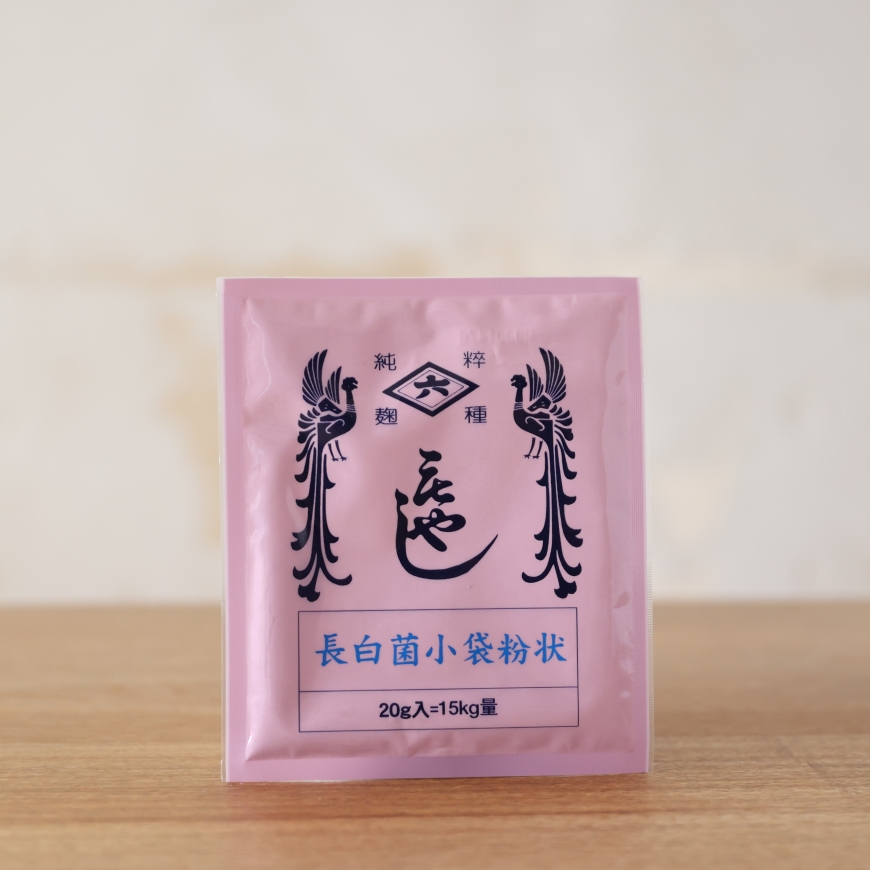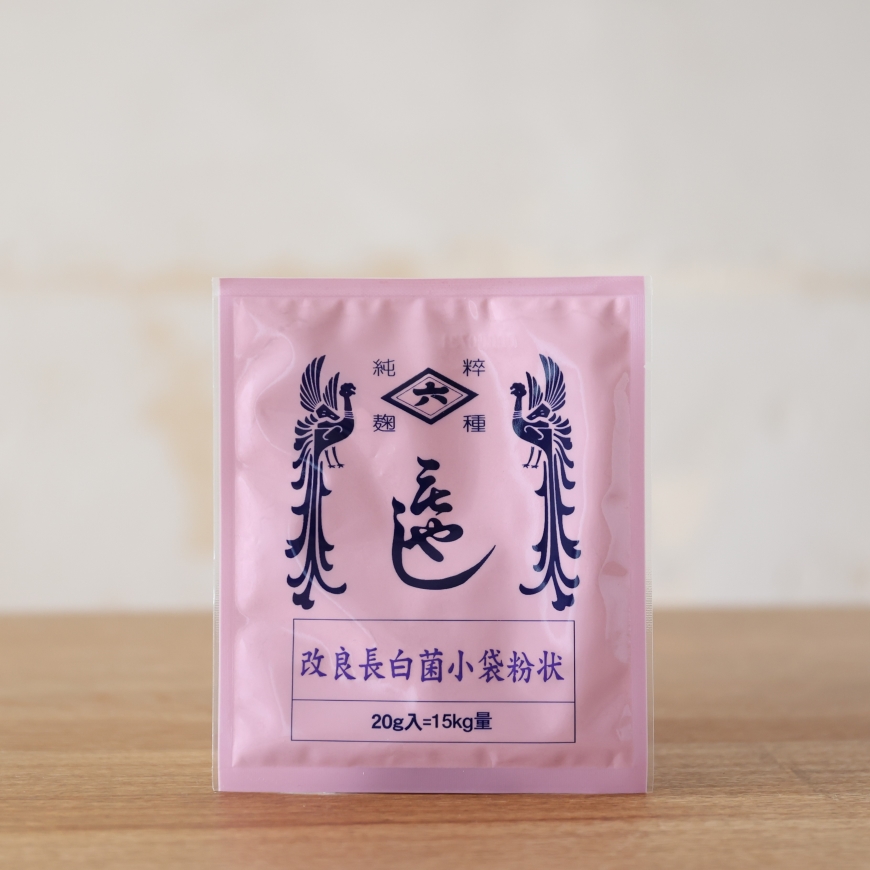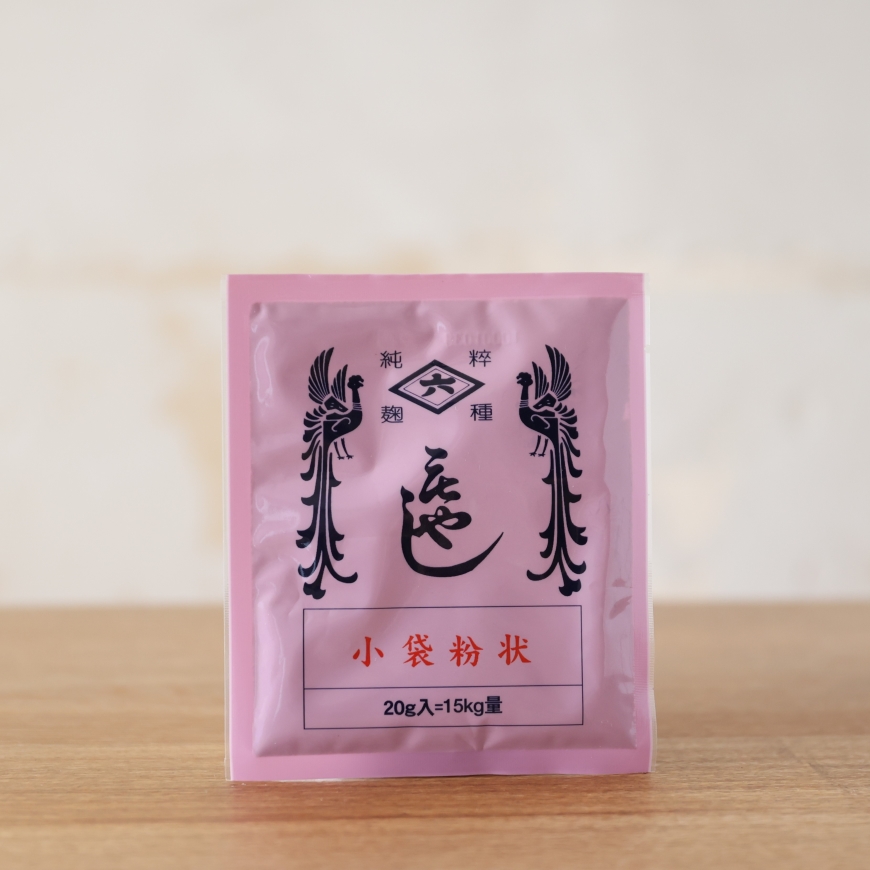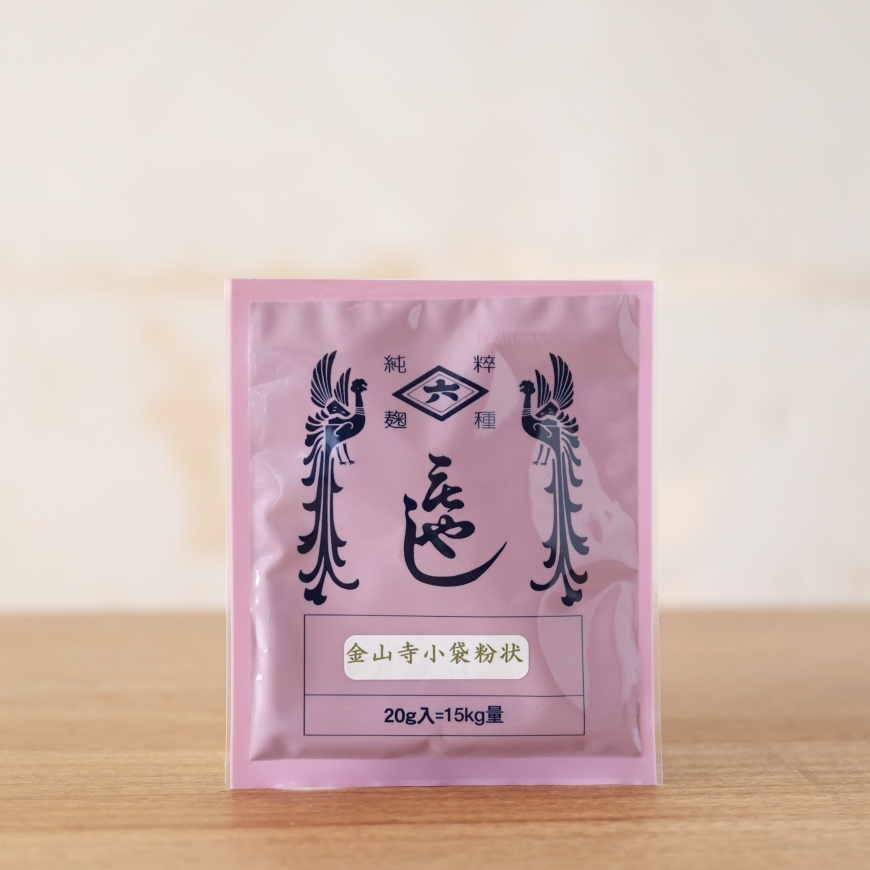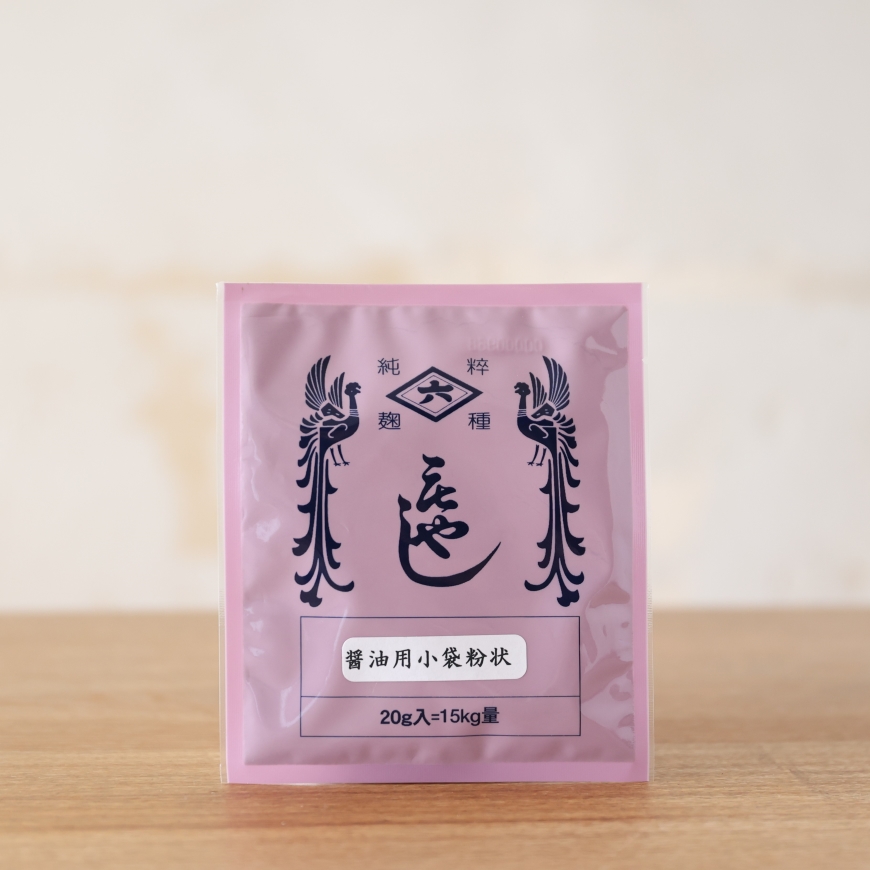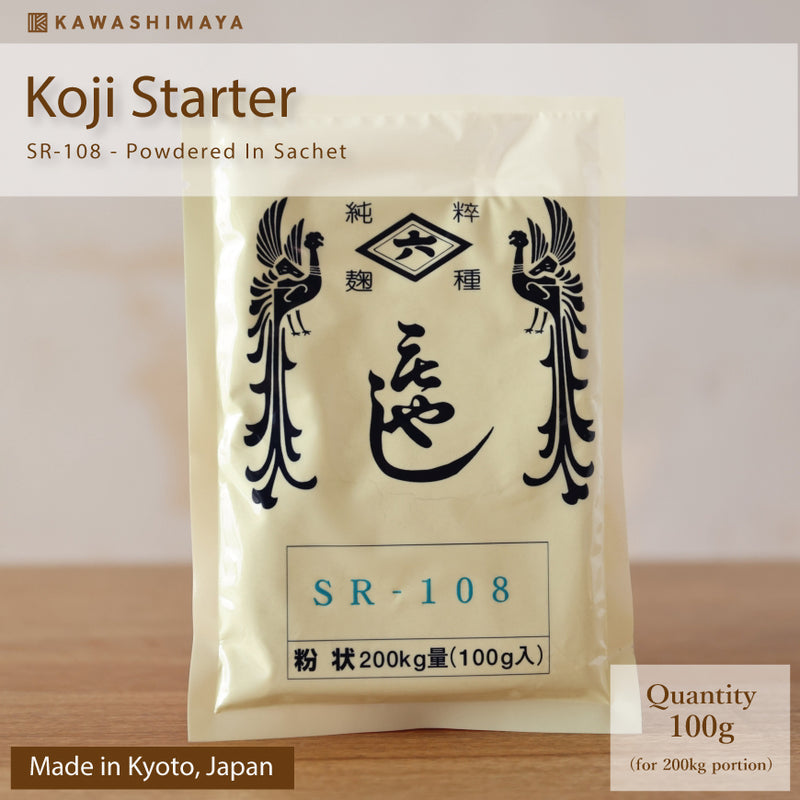
Koji Starter Powder - SR-108 100g (For 200kg Portion) - Best For Rice Koji - Product From "Hishiroku" Shop Kyoto, Japan
In stock
What is Koji Starter Spores - Powdered SR-108?
This is a koji starter seed made by a 300 years long-established store, "Hishiroku", the best-suited koji starter for making koji and is ideal for making koji at home or for business. Koji Starter SR-108 can produce koji with a distinctive white color. Recommended for machine koji making. Typically used for Kyoto Shiro-Miso.
Because this variety of koji starter is hard to discolor/change in color and will maintain its white color strongly, it's best to make koji rice, amazake (sweet sake), white miso, and other white-colored foods and drinks.
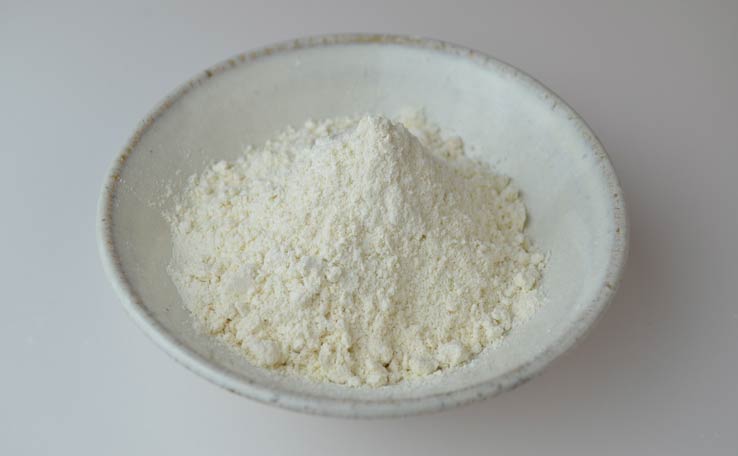
This product contains 100g of koji starter (Aspergillus Oryzae) that can be stored for a long time in a convenient sachet package, so you can open it just as much as you need.
100g of this koji starter SR-108 can be used for 100kg of 200kg of rice. It's very economical.
Comparative Chart by the Type of Koji Starter
| Using for | Features / Characteristics | The Length of the Hyphae | Finished Color |
The Power of Enzyme Glycation Power / Proteolysis Power |
|
| Chouhaku-kin Koji Starter |
Koji rice White sweet miso Amazake (sweet sake) |
The whitest long-hyphae among the Hishiroku's koji starters. The finished result is clear white koji, and the whiteness stays same forever. | Long hyphae | Pure white | 36.0 / 0.370 |
| Kairyou haku-kin Koji Starter | Koji rice Light-color miso White sweet miso Amazake (sweet sake) |
A koji starter that excellent in both glycation power and proteolysis power among the white type of koji starters. Suitable for wide range of applications. | Short to middle length hyphae | White | 39.0 / 0.445 |
| SR-108 | Koji rice Light-color miso White sweet miso Amazake (sweet sake) |
Has strong power of enzyme. Maintain the whiteness of koji. Suitable for making koji with machine. | Short to middle length hyphae | Pure white | 38.2 / 0.410 |
Finished Color: For making white-colored foods and drinks (such as amazake or white miso), the koji starter, which is hard to change color (maintaining its color), is preferred.
Glycation Power: How much amylase can be produced. When the glycation power is strong, it will become a koji with an intense sweetness suitable for amazake and sweet miso.
Proteolysis Power: How much protease can be produced. Koji seed with strong proteolytic power produces koji with strong umami (taste/deliciousness). Thus it's suitable for strong-flavored miso and shio koji/salt koji.
What is Koji Starter/Koji Seed?
Koji starter or koji seed is the Aspergillus spore that becomes the source of koji.
In the brewing industry, we call the koji starter "sprouts". We can make koji to produce fermented foods such as miso and amazake (sweet sake) with these sprouts.
The appearance of the koji starters bud popped out, and its whitish hyphae grow the bean sprouts and budding trees figure, so it's called like that.
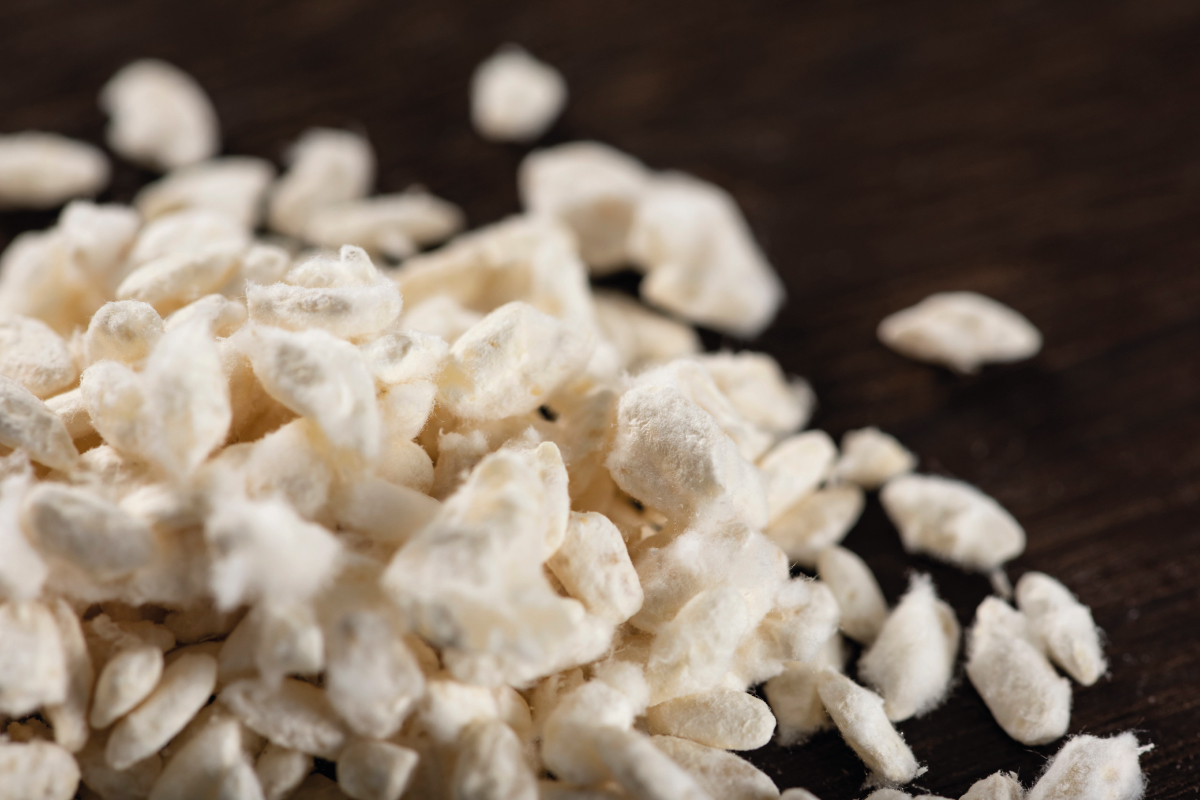
Various kinds of Koji According to the Purpose.
Chouhaku-kin Koji Starter
- For making Amazake (Sweet Sake): Very suitable
- For making Shio Koji (Salt Koji): Very suitable
- For making White Miso: Very suitable
- For making Rice and barley/wheat miso: Suitable
- For making Bean miso: Suitable
- For making Shouyu (Japanese soy sauce): Suitable

Features
The finished result is white koji. Basic koji starter that suitable for any kojis.
Kairyou Chouhaku-kin Koji Starter
- For making Amazake (Sweet Sake): Very suitable
- For making Shio Koji (Salt Koji): Very suitable
- For making White Miso: Very suitable
- For making Rice and barley/wheat miso: Suitable
- For making Bean miso: Suitable
- For making Shouyu (Japanese soy sauce): Usable, but not recommended
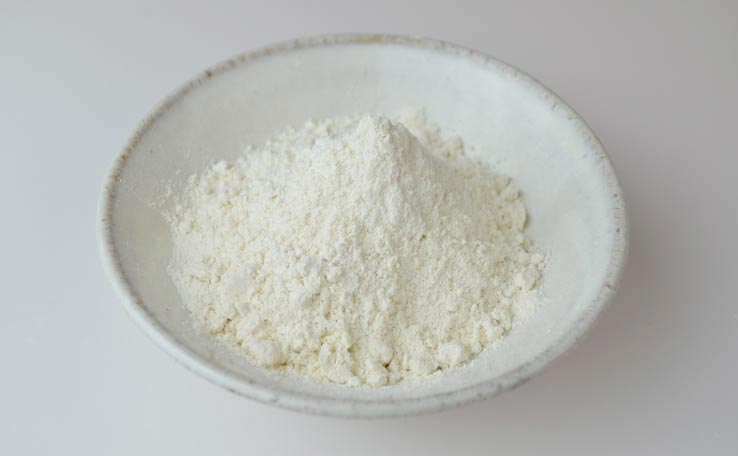
Features
Ideal for amazake (sweet sake). The finished result is the most white-colored that other koji starter. Recommended for white miso.
Koji Starter for Miso
- For making Amazake (Sweet Sake): Usable, but not recommended
- For making Shio Koji (Salt Koji): Usable, but not recommended
- For making White Miso: Usable, but not recommended
- For making Rice and barley/wheat miso: Very suitable
- For making Bean miso: Suitable
- For making Shouyu (Japanese soy sauce): Suitable
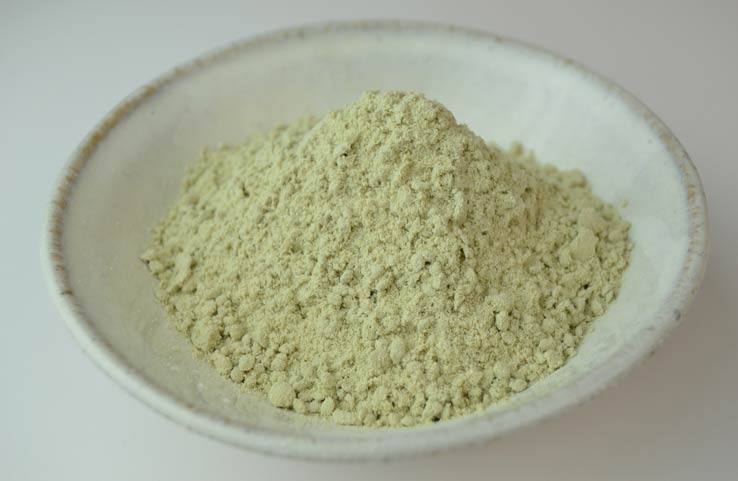
Features
Ideal for rice and barley/wheat miso. The finised result will have a balanced taste.
Kinzanji Koji Starter
- For making Amazake (Sweet Sake): Usable, but not recommended
- For making Shio Koji (Salt Koji): Usable, but not recommended
- For making White Miso: Suitable
- For making Rice and barley/wheat miso: Suitable
- For making Bean miso: Very suitable
- For making Shouyu (Japanese soy sauce): Suitable
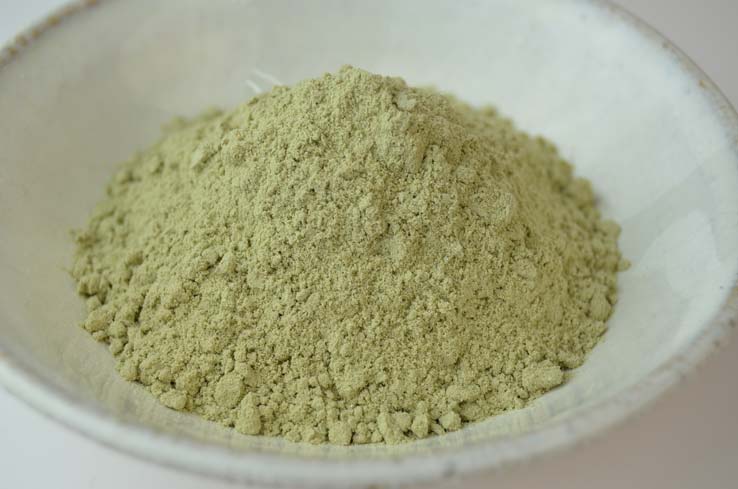
Features
Ideal for bean koji. Increase the flavor of bean miso (mame miso).
Koji Starter for Shouyu
- For making Amazake (Sweet Sake): Usable, but not recommended
- For making Shio Koji (Salt Koji): Usable, but not recommended
- For making White Miso: Usable, but not recommended
- For making Rice and barley/wheat miso: Usable, but not recommended
- For making Bean miso: Usable, but not recommended
- For making Shouyu (Japanese soy sauce): Very suitable
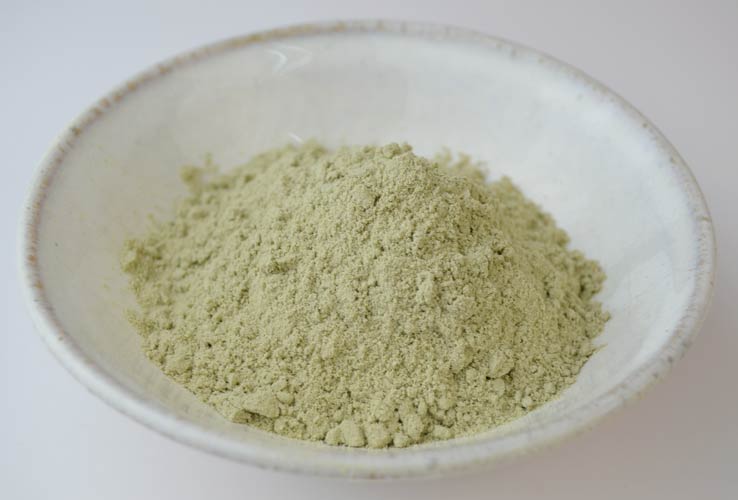
Features
Ideal for shouyu (Japanese soy sauce). It will have delicious result.
More Fermented Foods Recipe from Kawashima The Japanstore
What is Koji?
Give water to raw grains (rice, barley, beans, etc.), sprinkle seeds on steamed grains, and culture the seeds under temperature conditions suitable for the growth of Aspergillus oryzae.That is how this koji starter is made.
Koji has so many enzymes that it is said to be a treasure house of enzymes and could decompose grains with its power. Also, koji itself is a nutritious food filled with sugar, amino acids, vitamins, minerals, etc. All these nutritions are made by the koji starter (Aspergillus oryzae).
With koji, you can make traditional fermented foods such as sake, authentic shochu, mirin, miso, soy sauce, vinegar, amazake (sweet sake), etc.

Health Benefits of Koji
When the intestinal environment (intestinal flora) gets better, your skin condition will be better, and immunity will be improved. It is a fermented food that arranges this intestinal environment.And, fermented foods are always made by microorganisms that induce fermentation.
The familiar ones are Aspergillus oryzae, Bacillus natto, Lactobacillus, and other bacteria/fungus. The one that creates miso, shouyu (Japanese soy sauce), and sake is koji starter (Aspergillus oryzae). This koji starter (Aspergillus oryzae) matches well with Japan's climate, and it was found in the Muromachi Period (1336–1573).
| Major Nutrients of Koji | |
|---|---|
| Vitamin B1 |
・Helps produce energy |
| Vitamin B2 |
・Helps the metabolism of skin |
| Vitamin B6 |
・Reduce premenstrual syndrome (PMS) |
| Vitamin H (Biotin) |
・Suppressing the cause of atopic dermatitis |
| Pantothenic Acid |
・Stress resistant |
| Essential Amino Acids |
Among the 20 types of amino acids making up proteins, nine kinds of them can not be synthesized in the body. If there are any lacks of them, muscle, blood, bone cannot be made. These nutrients can be consumed in supplements, but when ingested from koji based food, the absorption rate in body is over 90%. |
The Amount of The Koji Rice That Can be Made and the Amount of Rice and Koji Starter Used
Portion of rice
Portion of koji starter
Amount of finished koji (estimated)
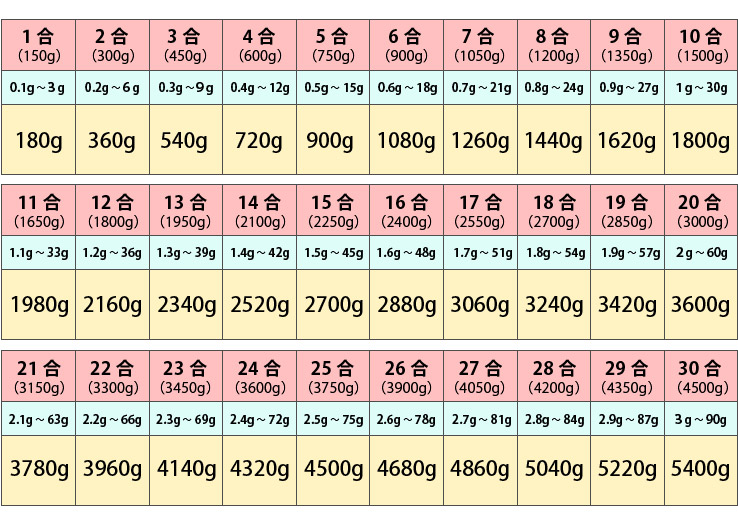
Note: 合 is a Japanese unit of measurement, usually used to measure rice, sake, etc. (1合 equal to approx. 150 grams, 0,18 liters, or 0,33 metres square)
This table references the amount of koji rice and koji starter seed.
It's easier to make koji rice for the koji starter if you use koji starter in a larger amount. There will be no problem even if you use a lot of koji starters.
The Amount of Miso That Can Be Made and the Amount of Ingredients Used

This is the portion for miso with salt concentration 12.5% (sweet flavor).
For the details related to koji rice, please go to these pages:


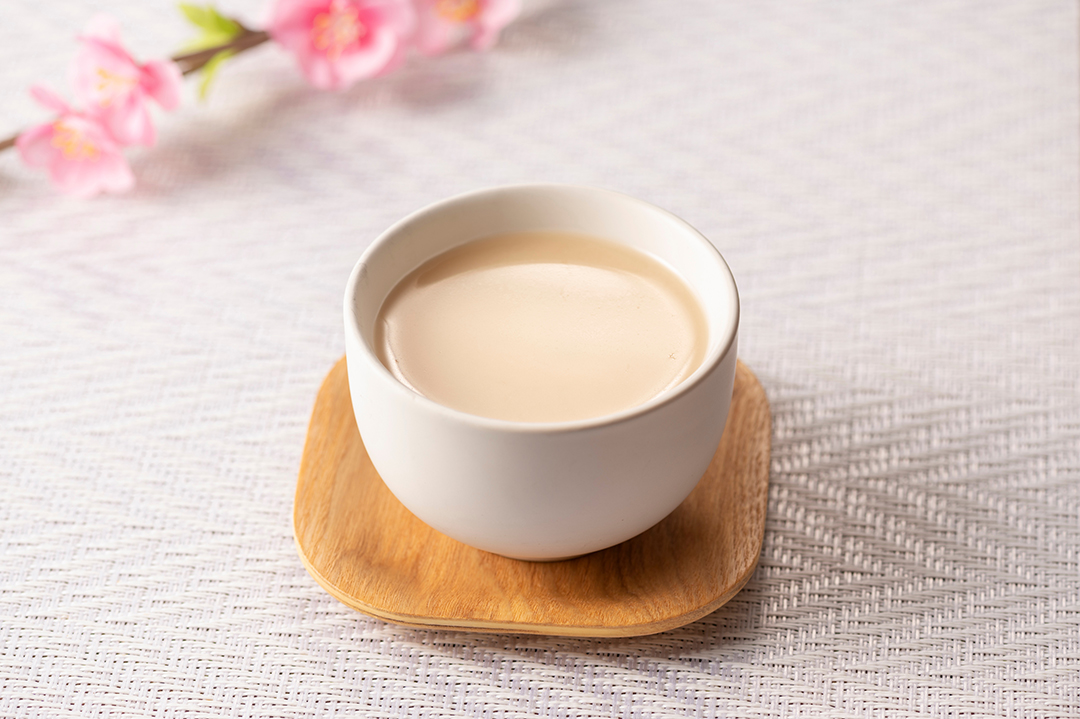
Q & A About Koji Starter
How long is the life of a koji starter (koji seed)? How long can I keep it?
・ If the package is unopened and stored in a vegetable compartment of a refrigerator, the standard storage period is about 6 months.
・ After the package is opened, please seal it with a ziplock, etc., and save it in a vegetable room of a refrigerator. With this, you can save the koji starter for about 6 months.
How can I store the finished koji rice?
・ If you want to store it for 1-2 days, please put it in a cold dark place with a temperature lower than 15ºC.
・ If you want to store the koji rice for 2-3 days, please put it in the refrigerator.
・ If you want to store it for more than 3 weeks, please put it in the freezer. In the freezer, the koji starter can be saved until 3 months.
Can I drink koji starter as it is?
Since it's not a drink, please do not drink it. If you look for a supplement product, we recommend you to try KAWASHIMAYA "Lactic Acid Bacteria Powder" - Probiotic Supplement Taken from Japanese Fermented Foods (100 g)
How much should I use the koji starter when making koji rice?
The amount of koji starter is about 1.3g-10g for 1kg of rice (rice for raw material) (about 0.2g-2g per 150g of rice).
If you are still not used to koji rice making (first-time try), it's better to use the koji starter more.
Because even if you use much of it, there will be no problem.
About the finised amount:
・ The steamed rice will be 1.8-2 times heavier than the original/raw weight if you steam the rice.
・ Then, after the koji rice is completed, the weight will be 0.9 times the weight after steaming. Thus, the finished rice koji will be 1.62 (1.8x0.9)~1.8 (2x0.9) times from the original/raw rice weight.
・ For example, if the raw rice is 1kg, the finished amount of koji rice is 1.62-1.8 kg.
(This is an estimated amount. The amount of finished koji rice depends on the soaking condition, steaming condition, and the condition of fermentation process).
The color of the finished rice koji is reddish-brown and smells strange. Can I use it?
There is a high possibility that other bacteria are mixed and increasing in the process of making it. Please don't use it.
After you have sterilized all the equipment, please try increasing the amount of koji starter when making koji rice next time (about 3-4 times more) so it's easier to ferment.
In addition, please be careful about temperature control during the fermentation process.
Customer's Voice
I make miso every year with my friends and decided to try making it from koji this year.
Because it was my first time making koji, I was nervous, but I made it surprisingly fine. I noticed later that I was impatient as I put a lot of koji starter, but there was no problem with the finished result, and it was made correctly into koji. I'm impressed. I continued to prepare to make miso while hoping that there would be something special in the flavor of miso too. (Female, 40s)
Koji became available at the supermarket, but since I was worried about what type of rice was being used, I decided to make koji rice with organic rice, which I usually eat.
Whenever I made miso, I ordered raw koji from specialty shops, and I was able to make raw koji with quality as good as the one being sold at the shop. With a hot carpet and a thermometer, I am surprised that it is easier to make rice koji than I thought. Besides miso, I would like to make amazake, shio koji (salt koji), and so on with homemade rice koji.
It's very satisfying because I can make koji at a lower price, but it's very delicious and safe. (Female, 40s)
I always use "The Hishiroku Shop's koji starter" to make koji.
I have made koji more than 30 times, but I've never failed. It is handy because you can create various fermented foods with your own homemade koji. (Female, 30s)
It takes a while to make it, but I like it.
I like it's because it's much cheaper and produces a better quality of koji rice than the ones being sold in the market. (Female, 30s)
I challenge myself to make my own koji for the first time.
I entrust the temperature control to the Yogurtia device, and I use Akitakomachi rice for the ingredients. There was not much change in the koji from my inexperienced eyes until the second maintenance, and I got excited about how well it could be done. But after 40 hours, the fluffy koji rice was completed!
I use the koji immediately for making amazake and shio koji, and the result is delicious with a gentle taste. The instruction recipe, which I got along in the package, is also beneficial. Next time, I want to make barley miso with barley koji. (Female, 40s)
I live abroad. Since it's a region with just a few Japanese foods, I bought homemade miso for the first time last year because I wanted to make it.
I bought it this year as well, thinking that I would buy it for one year while I was in Japan. There is no kotatsu or electricity, I was wondering if I could do it, but I was able to do it! Being an amateur, the points to be careful not to fail in making rice koji are "value the steaming of rice", "use a little more koji", and "it is easier to control the temperature if you prepare rice from 2 kg", right?
Then, from making the koji rice, I can also enjoy making other foods (and drinks) from it too, such as miso, soy sauce (should), salt koji, amazake (sweet sake), mirin, etc. I'm glad there was a place that really sells this kind of product (and fortunately I found it!). (Female, 30s)
Need More Info About The Koji Starter's Enzymatic Contents?
We have compiled more informations about our koji starters. Please click the button below for details.
| Product Details | |
|---|---|
| Name | Koji Starter Spores - Powdered SR-108 |
| Netto | 100g |
| Expired Date | About half a year |
| Storage Guide | Please put it in cold dark place with temperature lower than 15ºC. |

| Important Points | |
|---|---|
|
|
Why shop with KAWASHIMAYA?
- We sell only authentic and high-quality products
- 100% Made in Japan products are as listed
- Organic and non-GMO products are as listed
- All products are new and have long expiry date
- All products are handled directly from our warehouse in Tokyo, Japan
- Easy and secure payment options with CC or PayPal
- Safe and insured international shipping methods
- English and Japanese customer support by email
- Wholesale discount prices available for selected products
- Find insightful articles from KAWASHIMAYA Blog
- Get exclusive discounts for KAWASHIMAYA Newsletter subscribers
- Easy shop on KAWASHIMAYA Amazon USA

